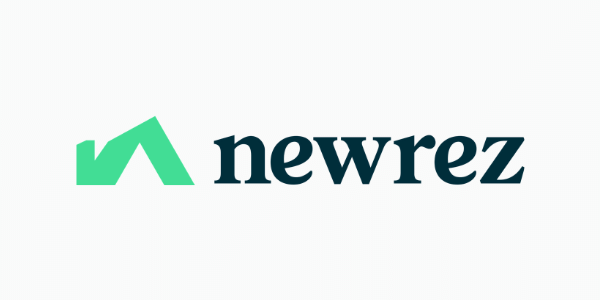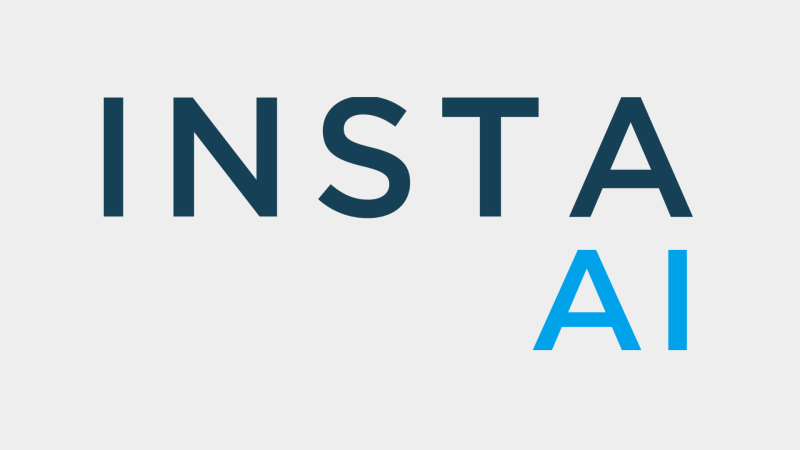
First American: House Prices Are 40 Percent More Affordable Than Housing Boom Peak

First American Financial Corporation's Real House Price Index reported that while home prices have jumped considerably, they are still 40% more affordable than the housing boom's peak.
- Affordability is down for the fourth month in a row.
- Real House Prices are 42% lower than the housing boom peak.
- Inflated home prices are predicted to gradually moderate, rather than bust.
First American Financial Corporation's chief economist Mark Fleming also believes that the booming house prices are likely to gradually moderate and avoid a bust, according to the report. As it is adjusted for house-buying power, the RHPI can also be used as a measure of housing affordability.
“The Real House Price Index measures affordability in the context of changes in consumer house-buying power, incorporating fluctuations in household income, mortgage rates and nominal house prices. In June, housing affordability declined on a year-over-year basis for the fourth month in a row, following two years of increasing affordability,” said Fleming. “The decline in June occurred even as two of the three key drivers of the RHPI, household income and mortgage rates, swung in favor of greater affordability relative to one year ago.
“House-buying power, how much one can buy based on changes in income and interest rates, increased by 6.8% in June compared with a year ago, propelled by lower mortgage rates and higher household income,” added Fleming. “The affordability gain from increased house-buying power, however, was offset by the third component of the RHPI, nominal house price appreciation, which reached a record 19% compared with a year ago, eclipsing the record for price appreciation of 17.5% set in 2005. Indeed, nominal house prices in June were 32% higher than at the housing boom peak for prices in 2006, but that’s not the whole story.”
The RHPI also revealed the five states with the greatest year-over-year increase in the RHPI. These states include Arizona at a 23.3% increase, Vermont (+21.4%), Nevada (+20.9%), Connecticut (+19.2%), and Rhode Island (+17.8%).
Fleming states that nominal house prices are well above the housing boom peak, but real, house-buying power-adjusted house prices remain 42% below the 2006 housing boom peak. Additionally, he says house-buying power has benefited from a long-run decline in mortgage rates and the slow, but steady growth of household income.
“Since the housing boom peak in unadjusted prices in 2006, the average 30-year, fixed mortgage rate has fallen by approximately 3.3 percentage points, from 6.32% to 2.98%. Over the same period, nominal household income has increased 55%,” said Fleming. “The dramatically lower mortgage rates and higher income levels mean home buyers in June had 129% more house-buying power than in 2006. House-buying power matters because people buy homes based on how much it costs each month to make a mortgage payment, not the price of the home.”
So why is it different this time around? According to Fleming, the housing boom in the mid-2000s was driven by a surge in demand thanks to wider access of mortgage financing. Homebuyers were able to borrow more at the same monthly payment, not to mention the increase in speculative buying and fix-and-flip buyers.
“The rapid house price appreciation in today’s housing market is largely the result of a historic supply shortage relative to strong demographically driven demand that is supported by traditional mortgage products with tighter underwriting. The supply of homes on the market remains extremely low, and the homes that hit the market sell very quickly (17 days on market in June compared with 24 days one year ago) – an indication that demand is outpacing supply,” said Fleming. “The low inventory, combined with near record low mortgage rates, millennials aging into their prime home-buying years and tighter mortgage underwriting, fuels price appreciation that is very different than the price appreciation during the housing boom.”
As for whether the housing market will experience a bust or not, Fleming says data points to moderation instead of a bust. The FAFC chief economist stated that not all housing booms end in a bust. He predicts that as buyers begin to retreat, sellers will adjust their price expectations and house prices will inevitably adjust, according to the report.




